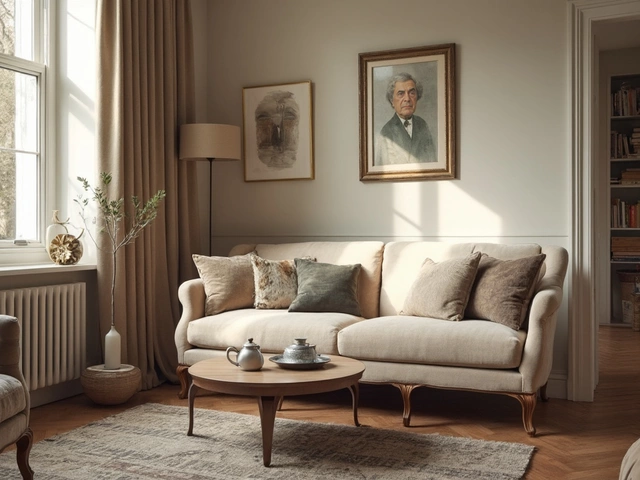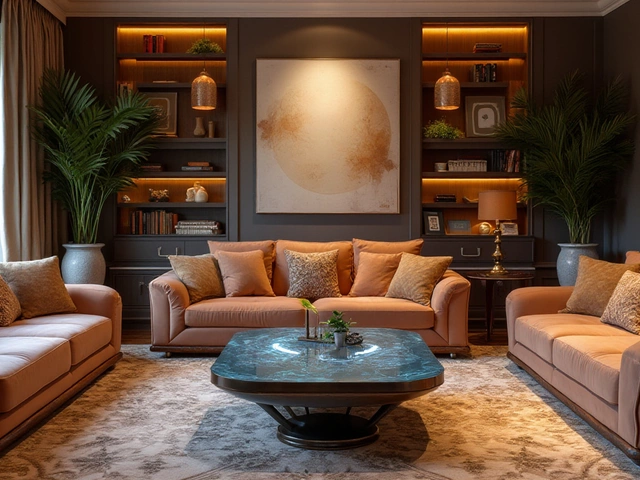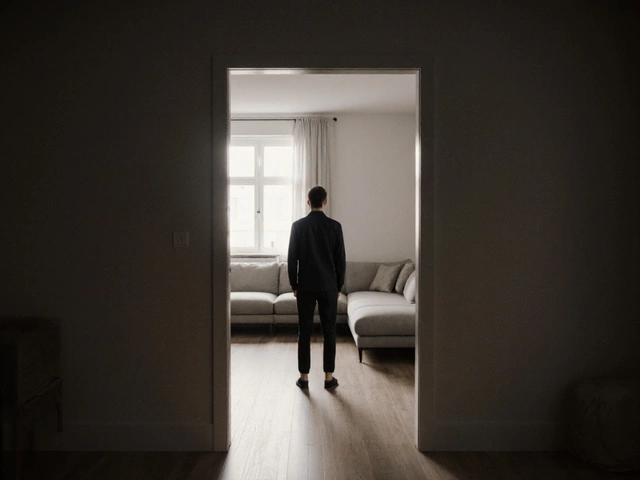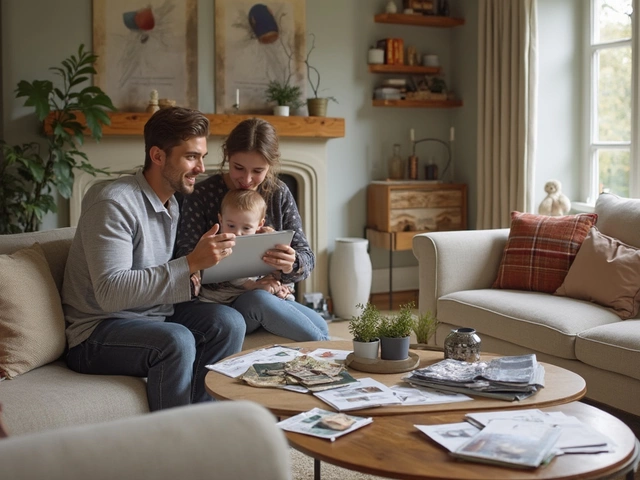Autism‑Friendly Classroom Furniture: Simple Tips for a Calm Learning Space
If you’re setting up a classroom for autistic students, the right furniture can make a huge difference. Small changes to desks, chairs, and storage can lower stress, improve focus, and help every child feel welcome. Below are easy ideas you can apply right now without breaking the budget.
Why sensory‑friendly furniture matters
Many autistic learners are sensitive to noise, light, and touch. A hard plastic chair that squeaks or a desk with sharp edges can become a distraction in seconds. Furniture that absorbs sound, offers soft edges, and provides stable support lets students stay on task longer. When a child feels physically comfortable, they’re more likely to engage with the lesson.
Research shows that predictable environments reduce anxiety. Consistent desk height, clear labeling, and organized storage give students cues about what to expect. That predictability is the hidden super‑power behind calm classrooms.
Practical tips for choosing autism‑supportive desks and chairs
1. Choose adjustable height desks. Kids grow fast, and a desk that can rise or lower means you won’t need to replace it every year. Look for a smooth crank or pneumatic lift that doesn’t jam.
2. Opt for stable, sturdy chairs. A chair that rocks or slides can be unsettling. Chairs with a wide base, non‑slip feet, and padded seats give steady support. If possible, pick chairs with breathable fabric to avoid overheating.
3. Add sensory cushions. Small, removable cushions add a tactile element without changing the chair’s structure. You can swap them out if a student needs more or less support.
4. Use low‑noise storage. Open bins with smooth plastic lids or soft‑close drawers keep the room quiet. Label each bin with picture cues so students know where to put supplies.
5. Stick to neutral colours. Bright reds or neon greens can overload visual senses. Soft blues, greys, or muted greens create a soothing backdrop that works with most classroom themes.
6. Provide flexible seating zones. Not every student likes to sit at a desk all day. A few floor cushions, a wobble stool, or a standing desk give choices that respect individual preferences.
7. Keep wiring out of reach. Power cords and cable bundles should be tucked behind furniture or secured with clips. Tangled wires are a safety risk and can be a sensory trigger.
When you pick furniture, think about durability too. School furniture gets heavy use, and you’ll want pieces that stand up to spills, bumps, and frequent cleaning. Metal frames with powder‑coat finishes, solid wood tops, and removable fabric covers are good bets.
Finally, involve the students in the process. Let them test a few chairs or arrange a desk layout. When they have a say, they’re more likely to respect the space and feel proud of it.
Creating an autism‑friendly classroom doesn’t require a complete overhaul. Simple, thoughtful choices in desks, chairs, and storage can turn a noisy, chaotic room into a calm, focused learning hub. Start with one or two changes, watch how students respond, and keep building from there. The result is a space where every child can thrive.





